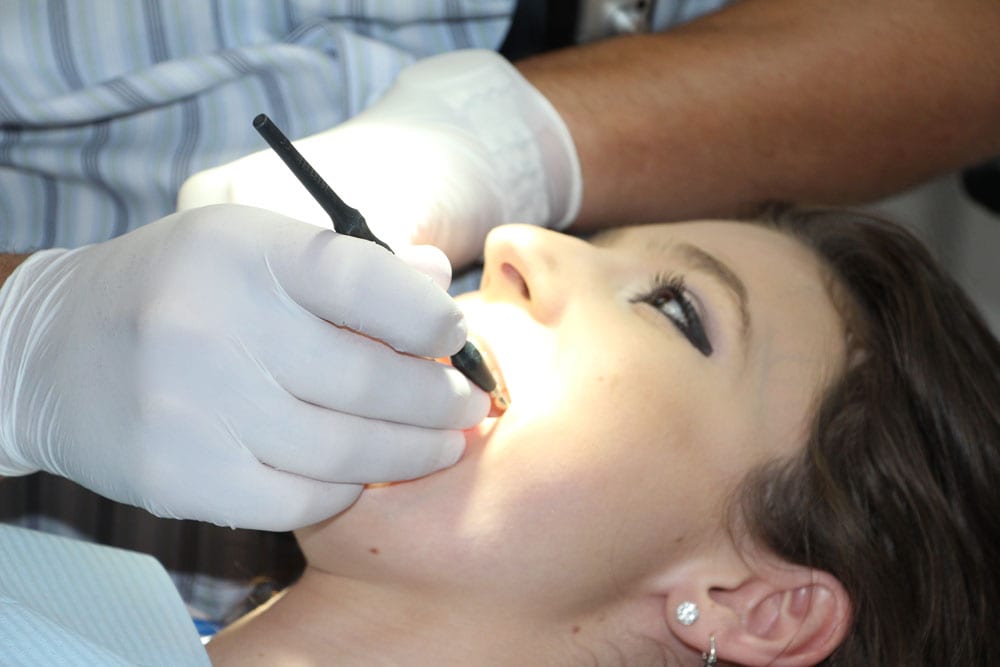Root canal treatment is very effective. However, the success rate is not 100% effective. And that means that unfortunately, sometimes the tooth gets re-infected, or the body is not able to heal themselves, and a root canal re-treatment is necessary.
At times it is best to remove the tooth entirely, but sometimes there’s a still a chance to save the tooth and try a second root canal. This procedure is exactly the same as the first root canal.
There are several reasons why a root canal treatment may not be a success. Since the “canals” of the tooth are narrow passageways deep inside the tooth that some may be difficult to see or to get to completely. It is also possible that the canals might have become infected again because of a delayed or poor crown restoration, new decay, gum disease, or a cracked or fractured tooth.
What is A Root Canal Retreatment Procedure?
If a retreatment root canal is determined to be the best option for you, you can expect the procedure to be similar to the original one, with a few added steps.
- After you are given a numbing shot, any crowns and other alterations will be removed, or drilled into to provide access to the root canal filling material. Usually this can be done with a small opening into the inner part of the tooth, removal of the filling materials and cleaning of the pulp chambers with very small dental instruments.
Next, a microscope and light are used to search carefully for additional canals or unusual structures. When all the canals have been cleaned and disinfected, they will be filled again and sealed. Then a temporary filling will be placed in the tooth. A permanent crown will need to be placed at a second appointment after healing has finished.
Root Canal Re-treatments are not common, but they do happen. It is important to identify the reason for the need, and address any underlying issues along with re-treating the tooth.




